When we think of yachts, we often think of aesthetics, technical features and interior equipment. However, there is one element that is essential to a boat’s performance and comfort: its hull. In this article, we’ll look at the different types of yacht hulls, their advantages and disadvantages, to help you make the best choice when making your purchase.
Monohull
The monocoque hull is undoubtedly the most common type of yacht. As its name suggests, it is made up of a single piece and can be constructed from a variety of materials such as steel, aluminium, wood or composites.
Advantages
- Stability: a monohull hull offers good stability because its weight is concentrated in the centre of the boat (keel, ballast).
- Solidity: this type of hull is generally solid and durable, especially if it is made from quality materials.
- Aesthetics: monohulls often have a classic, elegant design that will appeal to lovers of beautiful boats.
- Performance: depending on the materials used and the shape of the hull, performance can be very good, particularly in terms of speed and manoeuvrability.
Disadvantages
- Interior space: monohulls generally offer more limited interior space than other types of hull.
- Speed: although some monohull hulls can be fast, they often perform less well than catamarans and trimarans when it comes to pure speed.
- Price: a monohull can sometimes be expensive to build, particularly if you opt for top-of-the-range materials.
Catamaran
A catamaran is a boat made up of two hulls joined together by a rigid structure. The hulls can be made from a variety of materials, including polyester, wood-epoxy or carbon-based composites.
Advantages
- Stability: thanks to its two hulls, the catamaran offers excellent stability, even in rough seas.
Interior space: with two hulls, there is generally a lot of space available for interior fittings, which is appreciable on a yacht. - Speed: catamarans are renowned for their speed performance, thanks in particular to their shallow draft and relatively light weight.
- Comfort: the catamaran’s stability reduces the boat’s movements, making it more comfortable to sail.
Disadvantages
- Cost: catamarans can be expensive to build, particularly if you choose top-of-the-range materials for the hulls and structure.
- Manoeuvrability: although catamarans are generally easy to manoeuvre, they can be less responsive than monohulls in certain situations.
- Anchoring: because of their width, catamarans may have difficulty finding suitable anchorages in certain areas.Coque trimaran
Trimaran
A trimaran is a boat made up of three hulls joined together by a rigid structure. As with catamarans, the hulls can be made from a variety of materials, including polyester, epoxy-wood or carbon-based composites.
Advantages
- Stability: with its three hulls, the trimaran offers great stability and excellent seaworthiness.
- Speed: the speed performance of trimarans is often impressive, thanks to their low weight and design optimised for gliding.
- Comfort: the trimaran’s stability limits the boat’s movements and provides greater comfort when sailing.
- Manoeuvrability: although wider than catamarans, trimarans are generally fairly responsive and easy to manoeuvre.
Disadvantages
- Cost: building a trimaran is often expensive, due to the number of hulls and the complexity of the structure.
- Interior space: despite their performance, trimarans offer less interior space than catamarans, particularly in terms of cabins and living areas.
- Anchoring: as with catamarans, trimarans can have difficulty finding suitable anchorages because of their width.
In short, each type of yacht hull has its own specific advantages and disadvantages. The choice will depend on your priorities and your preferences in terms of sailing, comfort and aesthetics. Don’t hesitate to seek professional advice or try out several types of boat before making your decision.



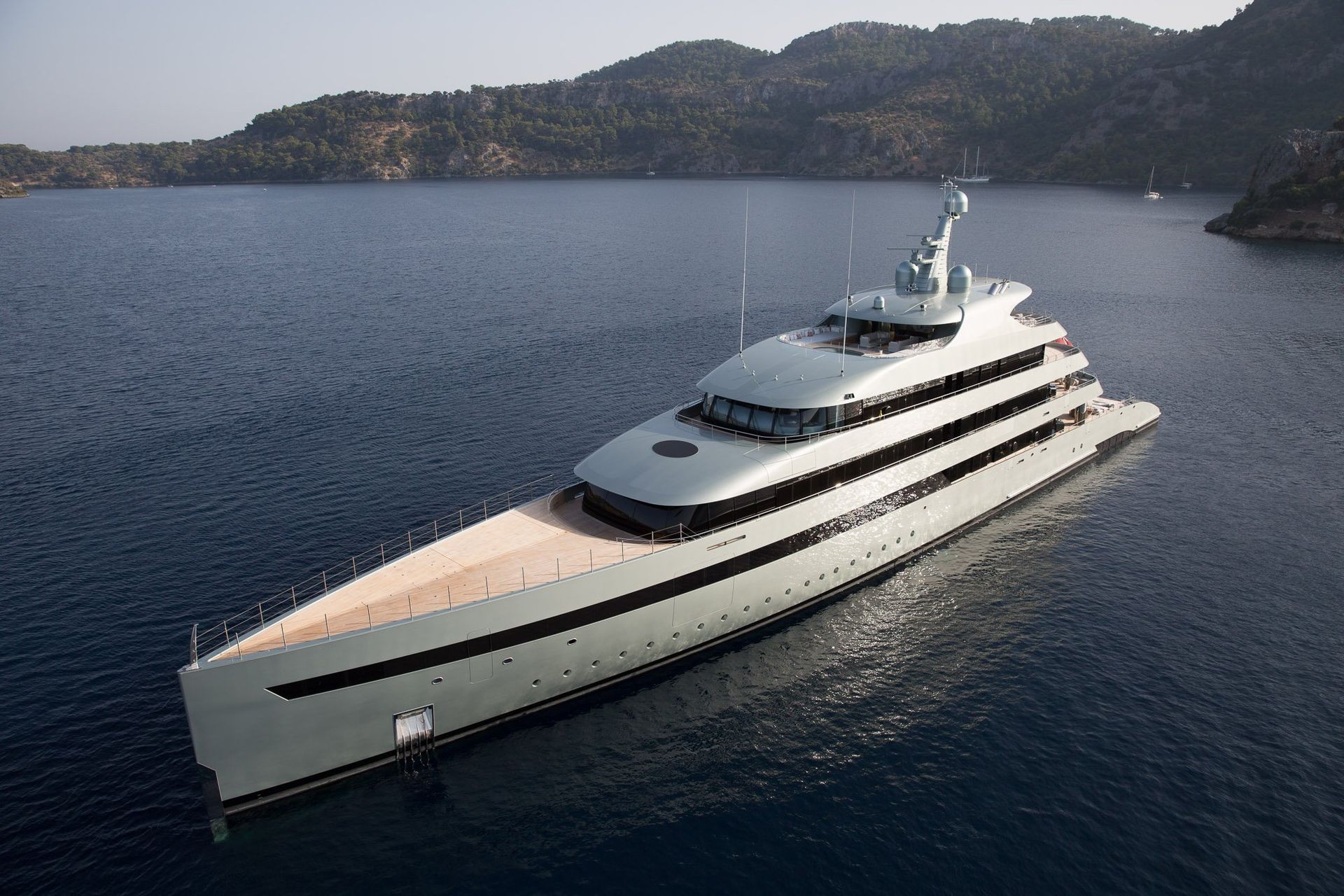
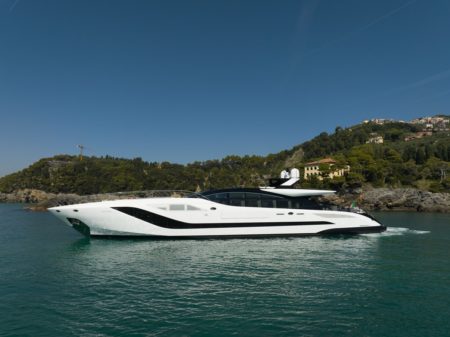
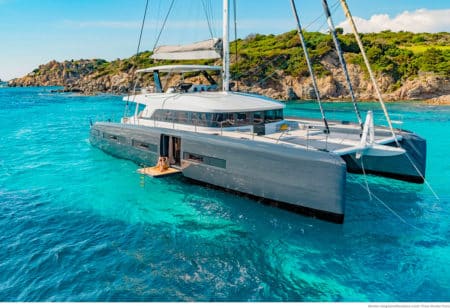
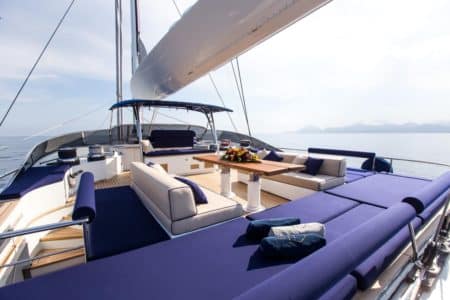




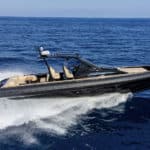
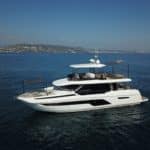

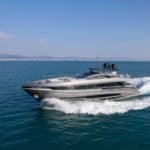


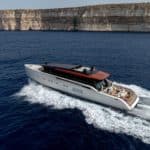

Leave A Comment